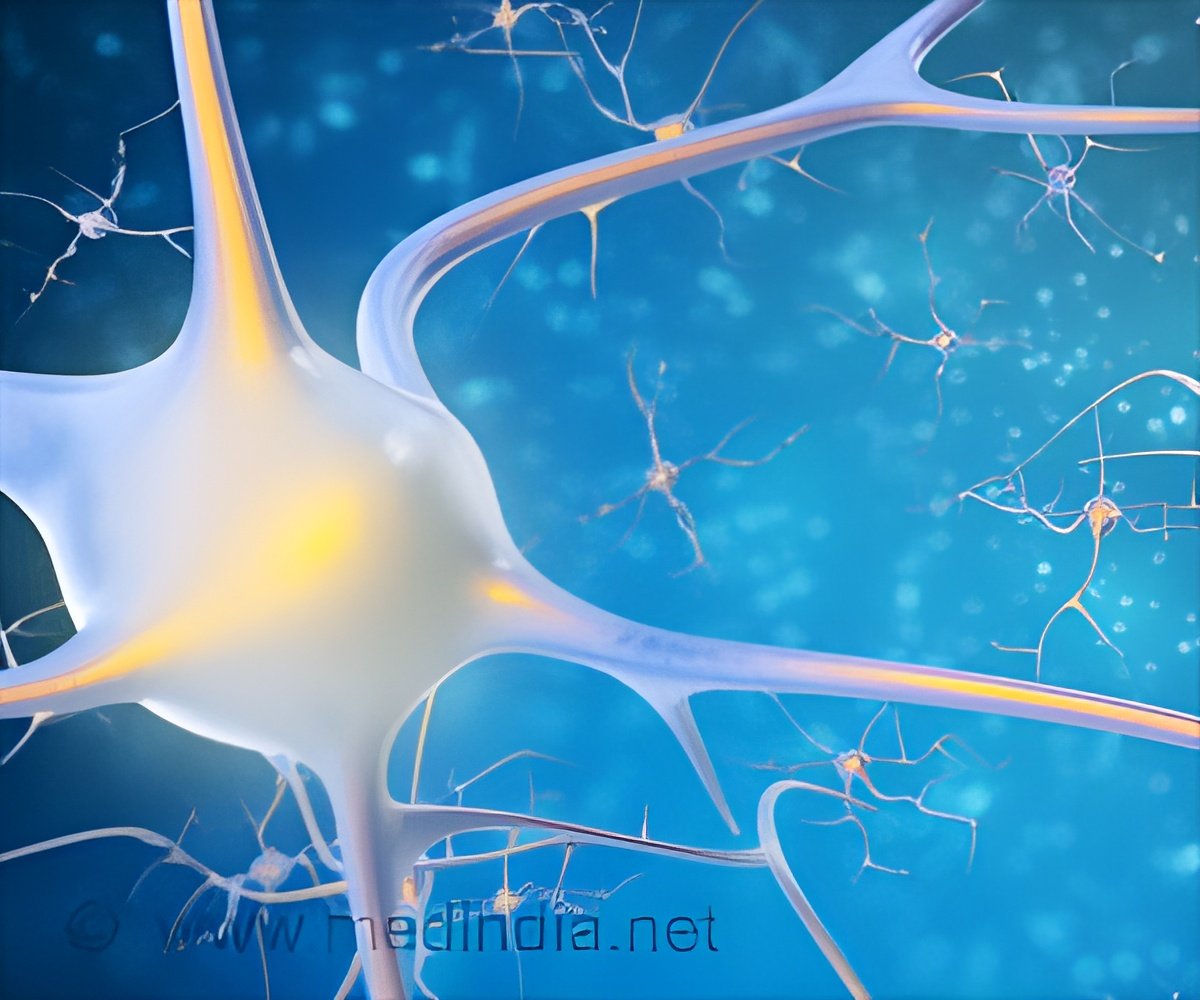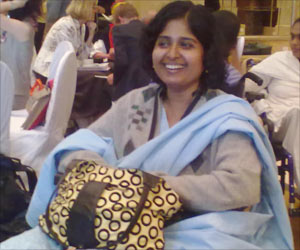
Krishnamurthi further added, "While working in collaboration with Thiruvananthapuram's Sree Chitra Thirunal Institute of Medical Sciences and Technology, we identified that accurate labeling of disorder-affected regions in brain MRI could be a difficult affair due to its complex shape and vague boundaries. Moreover, it is a tedious task since radiologists cannot visualize in 3D and the task needs to be performed slice by slice. This led to research on automated methods for identification of glioma (brain tumors) affected regions from MRI images. However, the core algorithms developed in the process were such that they could be used in the detection of other disorders as well. Multiple Sclerosis is a chronic disease which is visible as several small lesions which can be easily missed. This being a particularly difficult task, we decided to extend the research scope and tackle this problem as well."
Krishnamurthi explained, "Deep Learning are recent methods in machine learning developed based on the interpretation of how human brain and nervous systems work - neural networks. These networks consist of stacked layers consisting of several mathematical models of neurons, which is the computational equivalent of information processing in the brain. Although these methods have been around for more than a decade, recent developments in computational resources have made large and complex networks with near-human performance possible."
Krishnamurthy also said, "Our next steps in this endeavor would be to test extensively with more clinical data to assess the effectiveness of the software and subsequently deploy the software for use by our clinical collaborators. Based on the performance in a clinical setting (purely for evaluation) we will try to get regulatory approval for our software. Since training accurate models require large amounts of data, ethical committee approvals from various hospitals would be required. We are already in collaboration with Sree Chitra Thirunal Hospital and are confident of seeing the product put in use in a span of two to four years."
Krishnamurthi added, "These methods when implemented can substantially reduce the time and cost for diagnosis of various brain diseases like MS. The algorithms for image analysis are basically a tool for diagnosis and aids clinicians to judge progression of disease and efficacy of therapy. For instance, in large clinical trials these automated algorithms can be used to analyze patient data."
Source-IANS









